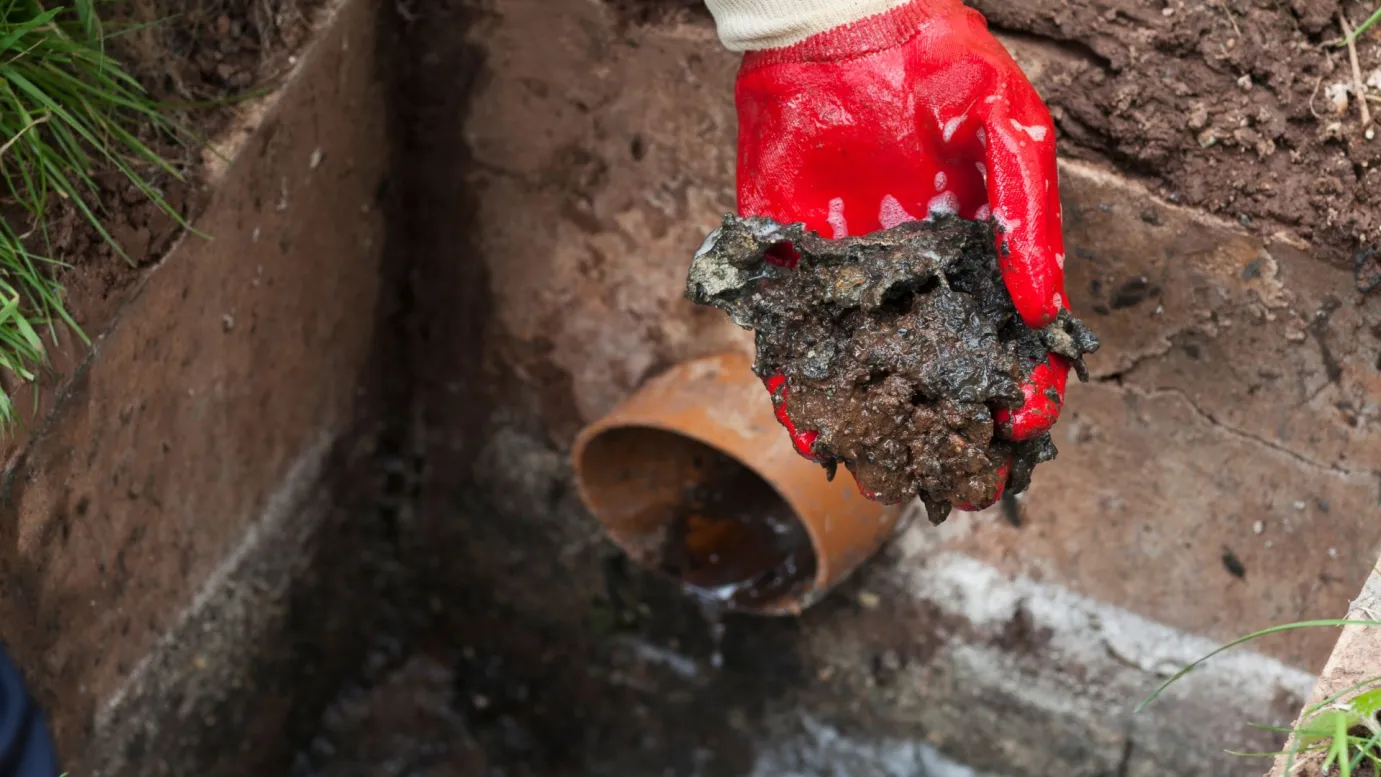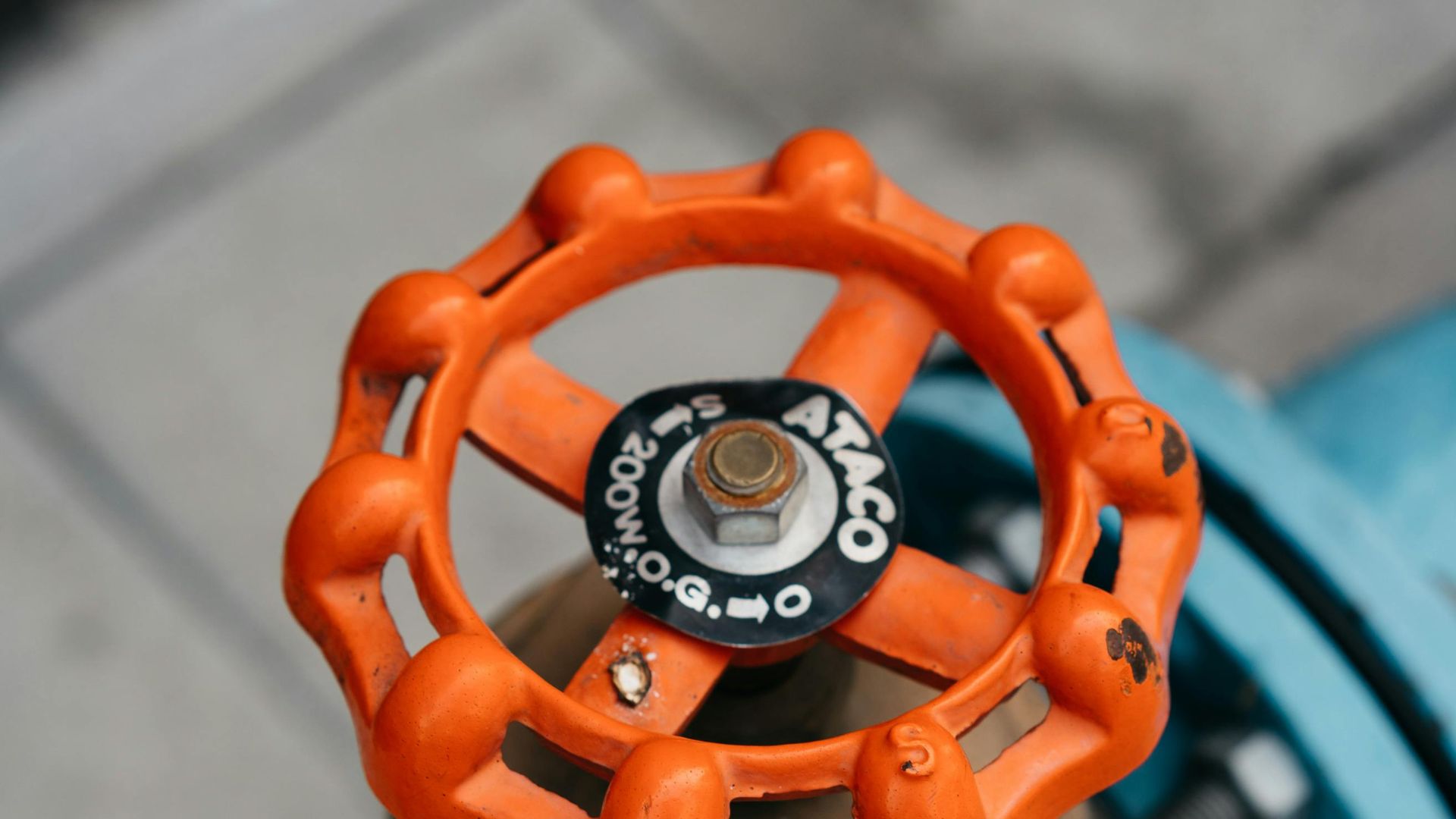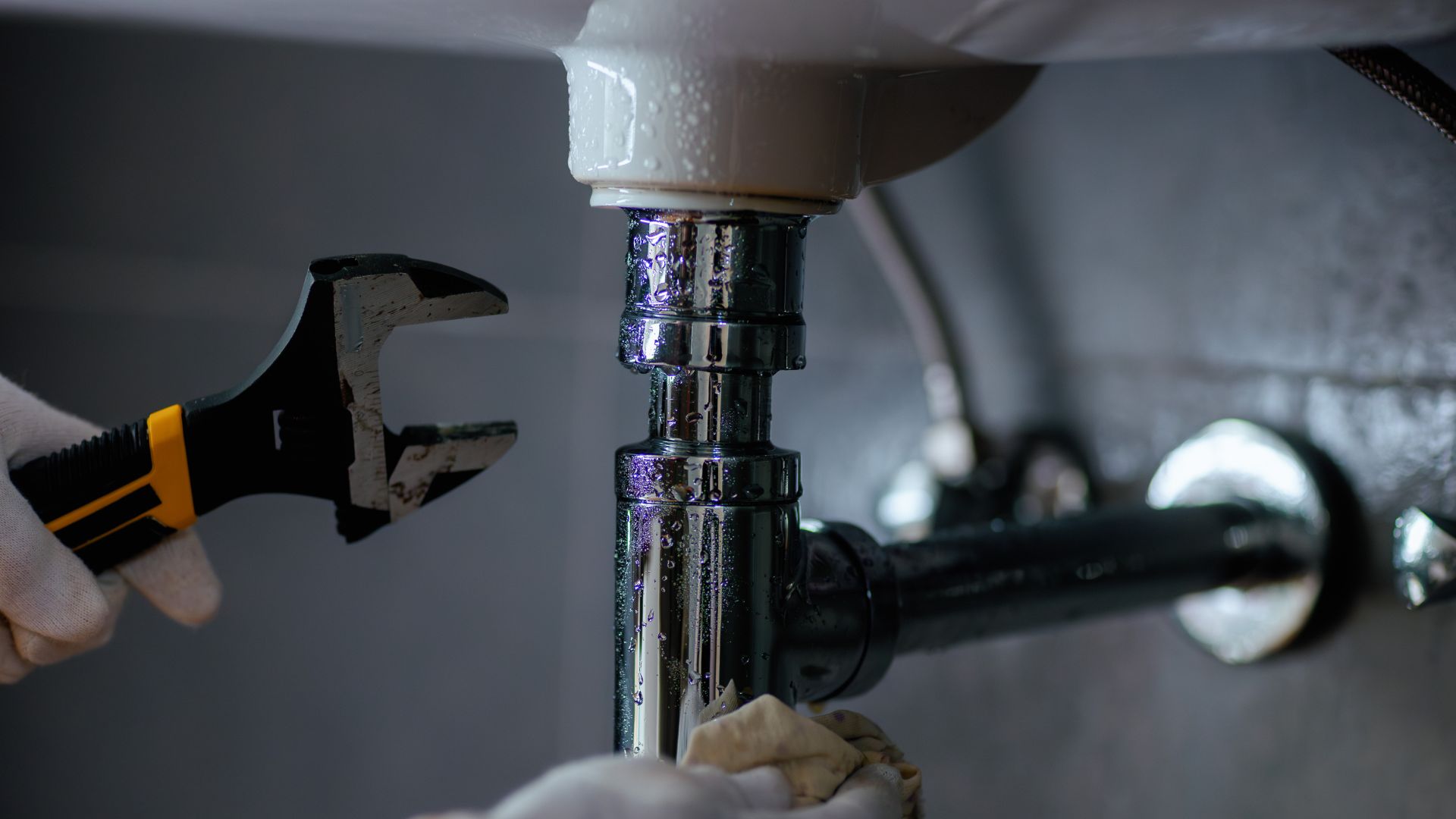Australian households lose billions of litres of water every year through avoidable leaks, many of them from older homes with ageing plumbing systems. While these homes carry plenty of character, their pipes often tell a different story.
Years of shifting foundations, wear and tear, and fluctuating water pressure quietly take a toll. Hidden leaks can go unnoticed for months, while minor leaks may seem harmless until they cause serious water damage. Plumbing leaks aren’t just inconvenient, they’re costly, and often entirely preventable.
We’ll walk through simple, practical ways to look after your older home’s pipes and stop leaking pipes before they become a bigger problem.
Why Older Homes Are Prone to Leaking Pipes
Old homes often have plumbing systems that have been in place for decades. Over time, wear and tear are inevitable, especially when materials and fittings haven’t been updated. Here’s what contributes to leaking pipes in these properties.
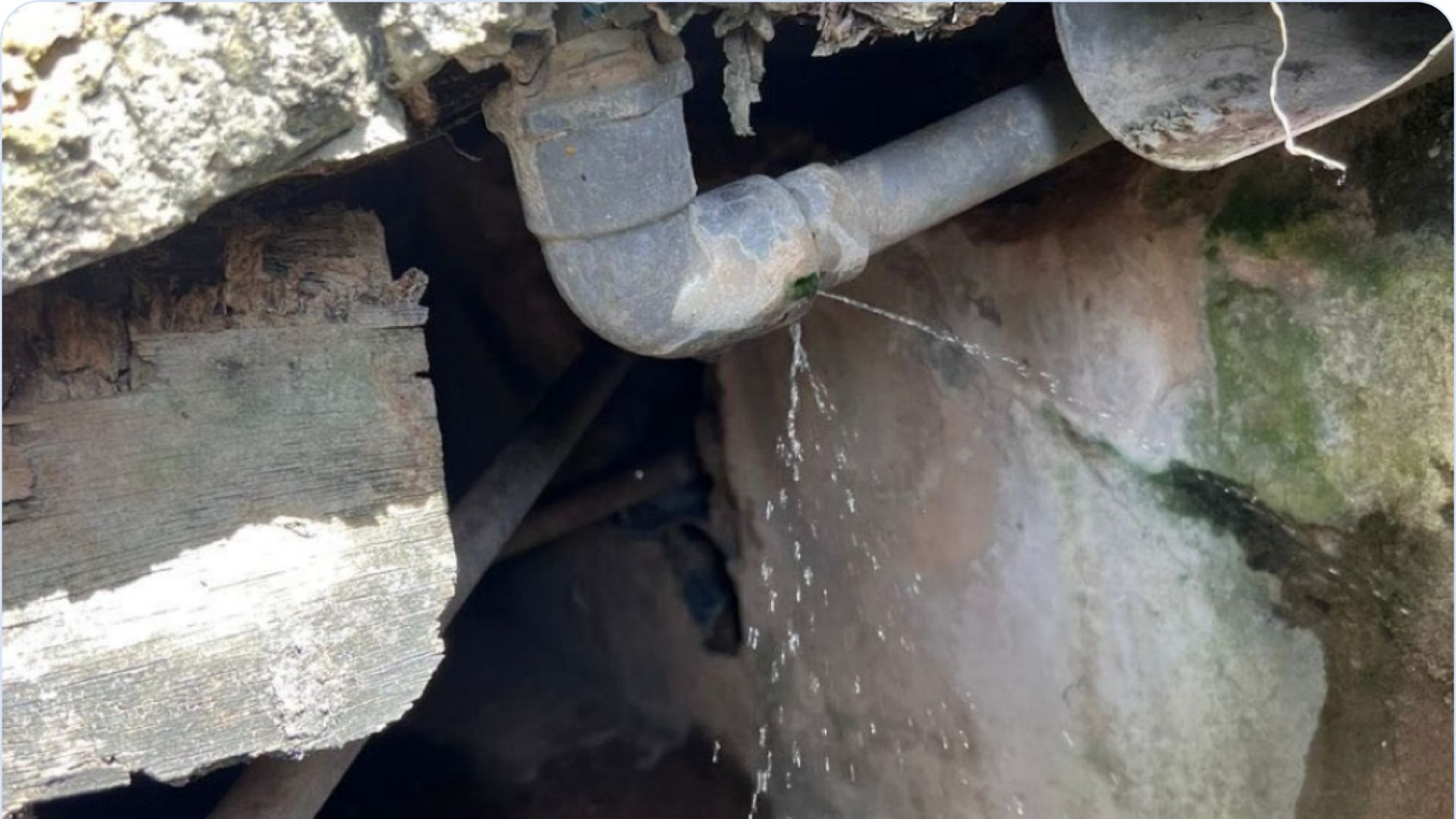
Common Plumbing Materials in the Past
Many older homes were built using galvanised steel and early forms of copper for water supply lines and drain pipes. These materials can corrode from the inside, becoming weak and brittle with age. Exposed pipes under sinks or along walls are easier to inspect, but most of the damage happens behind walls or under floors, where problems build up quietly. As rust forms or fittings loosen, leaking pipes become more likely and can lead to significant damage over time.
Signs of Pipe Ageing
Discoloured water coming from taps, a drop in water supply pressure, or a metallic taste are common signs of ageing pipes. These symptoms often point to corrosion or build-up inside the pipes. If left unchecked, they can turn into major plumbing problems, especially if the drain pipes or water supply lines start to fail.
Early Warning Signs You Should Never Ignore
Small signs often point to bigger issues brewing within your entire plumbing system. Spotting them early can prevent pipe leaks and save you from costly repairs later on.
Identifying Hidden Leaks
Leaks occur quietly behind walls or under floors, but there are warning signs you can spot if you know what to look for:
- Musty or damp smells in certain rooms
- Warped skirting boards or floorboards
- Water stains on ceilings or bubbling paint
- Moisture around washing machine hoses or under sinks
Using a basic moisture meter can help detect damp areas before the damage spreads. Supply pipes that run through walls or ceilings are common culprits.
Monitoring Your Home’s Water Pressure
Sustained high water pressure puts strain on old joints, fittings, and supply pipes. Moderate water pressure keeps your system stable, while optimal water pressure sits between 40 to 60 psi.
Installing a water pressure regulator or having a plumber inspect your pressure levels can reduce stress on your drainage systems and prevent future pipe leaks.
Essential Preventative Measures for Leaking Pipes in Older Homes
Older homes can stay in great shape with a bit of forward thinking. Simple steps can protect plumbing components and prevent future leaks.
1. Scheduled Inspections and Pipe Assessments
Regular plumbing inspections are essential, especially for homes older than 30 years or during renovations. A licensed plumber can check crawl spaces, visible pipes, and ageing plumbing fixtures for potential leaks. These checks help uncover hidden plumbing issues before they turn into burst pipes or damage walls and flooring.
2. Upgrading Old Fittings and Valves
Old washers, pipe joints, and valves wear down over time. Replacing them before they fail helps avoid plumbing issues and cuts down the risk of costly repairs. Swapping out dated fittings also keeps your water bill from creeping up due to unnoticed drips.
3. Pipe Insulation and External Protection
Insulating pipes in garages, basements, and under-eave spaces protects against heat and cold. Covered pipes are less likely to split, freeze, or wear out. This small effort can prevent a serious pipe failure down the track.
4. Water Filtration and Softening Systems
Hard water causes mineral build-up, leading to corrosion and long-term damage. Installing water filtration systemshelps keep pipes clear and extends the life of plumbing components. Some systems come with built-in leak detectors for early leak detection, helping you act quickly before a problem worsens.
Understanding the Risk of Burst Pipes and Future Leaks
Burst pipes don’t usually happen out of the blue. They often start with small issues that go unnoticed. A few simple checks and upgrades can prevent serious trouble later.
What Causes a Pipe to Burst
Several things can push old pipes past their limit:
- High water pressure that stresses joints and supply lines
- Sediment build-up in the water heater and pipes
- Freezing temperatures affecting pipes along exterior walls
- Worn-out fittings and ageing connections
- Sudden pressure surges or blocked waste water lines
To prevent freezing, some homeowners install heat tape or insulate cold areas. All of these can be made worse if no one spots the early signs.
Safeguards Against Future Leaks
A few practical steps can reduce the risk of leaks:
- Install a pressure control valve to manage your home’s water pressure
- Use smart water monitors to detect unexpected water use or flow
- Schedule drain maintenance to keep wastewater flowing freely
- Replace damaged plumbing with modern materials
- Have a licensed plumber inspect older fittings and supply lines
- Ask a professional plumber to review areas prone to future leaks
These preventive measures can protect your home and stop further damage before it starts.
DIY Methods to Prevent Leaking Pipes
You can do a few things around the house to reduce the risk of leaks, especially if you’re keeping up with regular maintenance.
Simple Fixes for Minor Leaks
When you spot small leaks early, a few basic tools can help manage the issue until a plumber takes a look:
- Use plumber’s tape to seal slow drips around fittings
- Apply epoxy putty to seal small cracks in pipes
- Fit pipe clamps over minor leaks to hold back water flow temporarily
These diy methods are short-term fixes. Leaving them too long can lead to water damage and structural damage, especially if water freezes during cold snaps.
Checking the Laundry Room and Drainage Systems
The laundry room is a common source of household leaks. Simple steps can make a big difference:
- Check washing machine hoses for cracks or bulges
- Inspect taps and plumbing connections for drips
- Make sure your drainage systems are free of clogs
- Look out for any musty smell or signs of mould growth
Monitoring for High Water Pressure
High pressure can weaken pipes and cause sudden leaks. Use a water pressure gauge on a tap to test the level. If it’s consistently high, check the water meter and consider calling a plumber. Regular maintenance helps protect your pipes in the long run.
Why Professional Leak Detection Matters in Older Homes
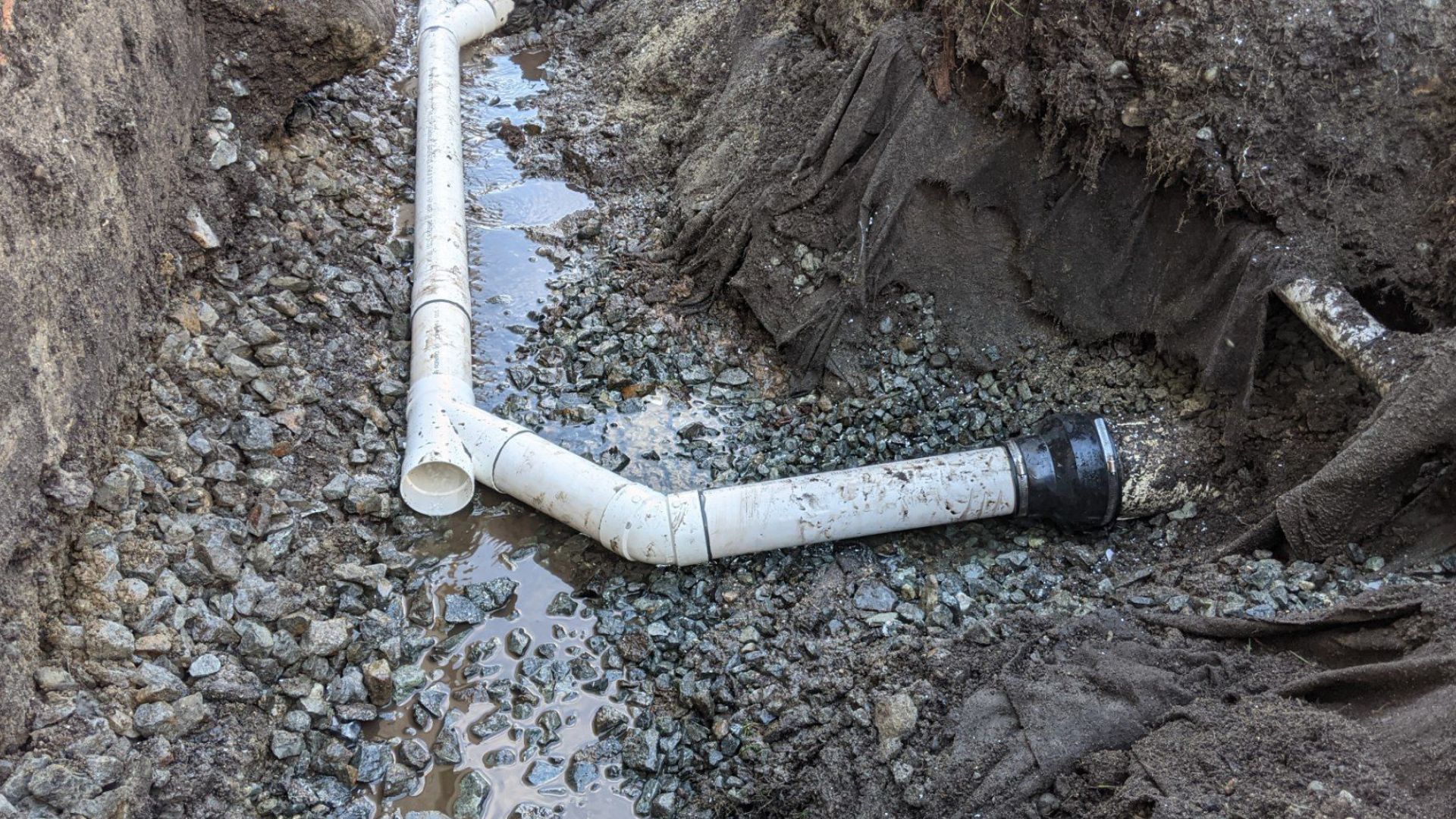
Older homes are full of character, but the plumbing often holds secrets behind walls and under floors. Finding leaks without tearing things apart makes a real difference.
Benefits of Non-Invasive Leak Detection
Modern tools help plumbers track down leaks without damaging your property:
- Thermal imaging shows cold spots where moisture may be collecting
- Acoustic monitoring picks up sound from water escaping pipes
- Camera inspections allow a close look inside walls and pipes
These methods help pinpoint the problem quickly and avoid unnecessarily tearing up floors or cutting into walls.
Catching Leaks Before They Become Expensive
When leaks go unnoticed, they often lead to:
- Warped flooring or damaged plaster
- Rising damp that affects timber and structure
- Costly mould remediation that puts your health at risk
Early leak detection is the best way to stay ahead of problems. It protects your home from serious repairs and helps keep plumbing costs under control. For older properties, this kind of care is essential..
How to Protect Your Plumbing from Season to Season
Different times of the year place different demands on your plumbing. Staying ahead of seasonal changes can prevent sudden issues from creeping in.
Seasonal Maintenance Tips
- Summer: Dry soil can shift the ground around buried pipes, causing movement and misalignment. Check for any signs of leaks near outdoor taps and exposed lines.
- Rainy months: Heavy rain can overwhelm drainage systems. Clear gutters and outdoor drains to avoid water backing up and placing pressure on older connections.
Planning seasonal maintenance helps your system stay steady all year and reduces the risk of unexpected pipe problems.
Protect What Keeps Your Home Standing
Leaking pipes are more than just plumbing problems—they can weaken foundations, damage walls, and create lasting structural issues. What starts as a drip can lead to serious repairs if left unchecked.
Fixed Today understands the challenges older homes face. With advanced leak detection tools, licensed professionals, and a focus on long-term solutions, they’re equipped to find and fix problems before they escalate. Protect your home’s value and safety with a proper inspection. Don’t wait for visible damage to appear.
Contact Fixed Today for expert leaking pipe services and enjoy peace of mind in your home, no matter its age.

